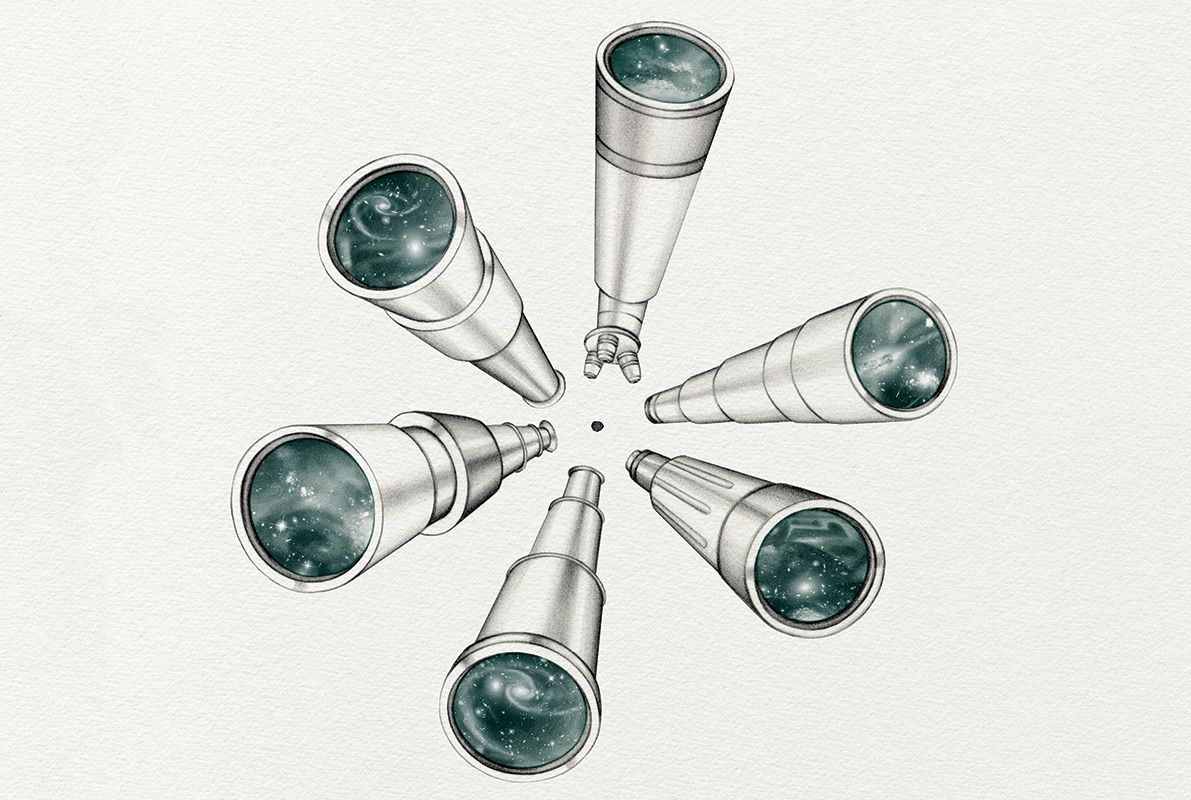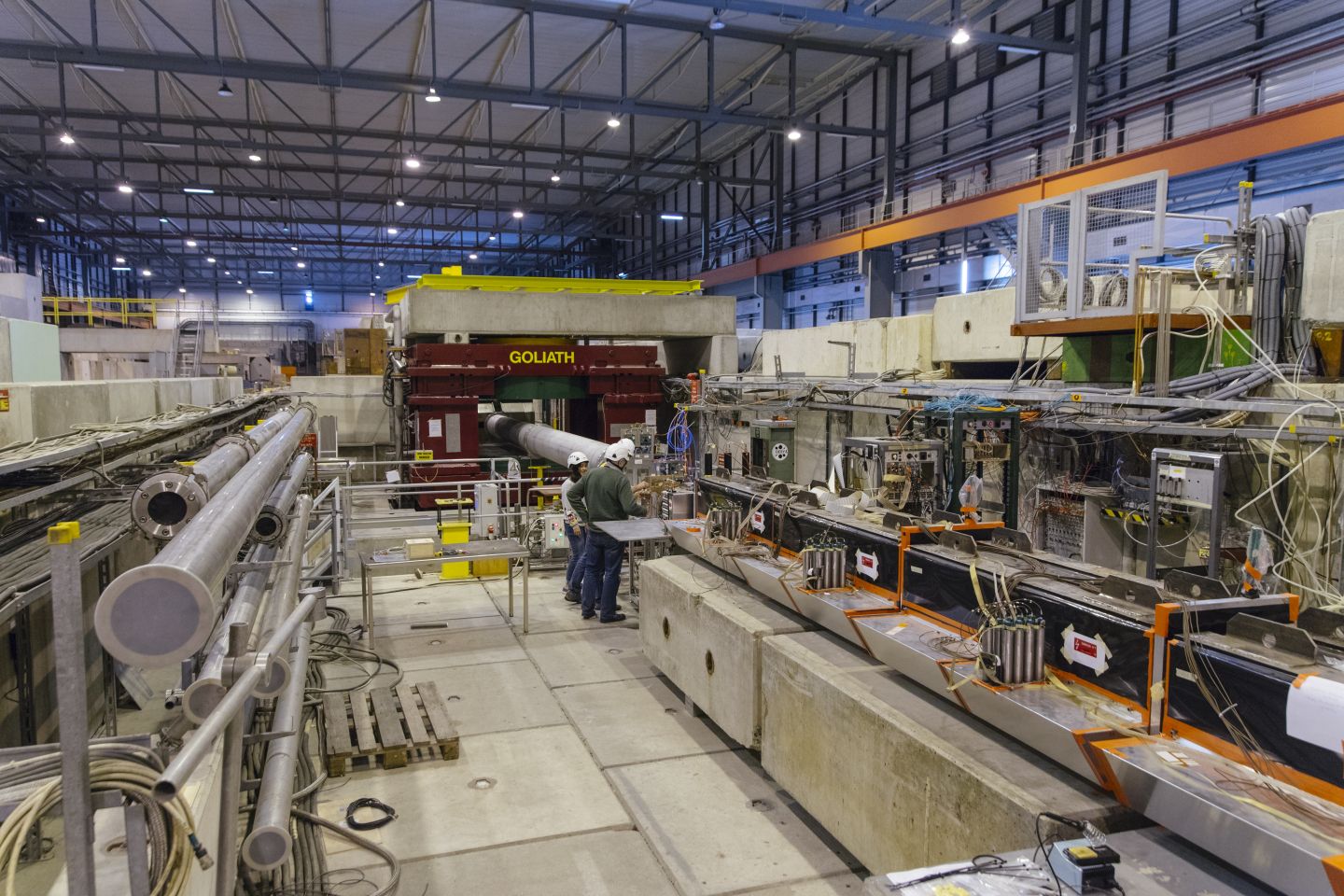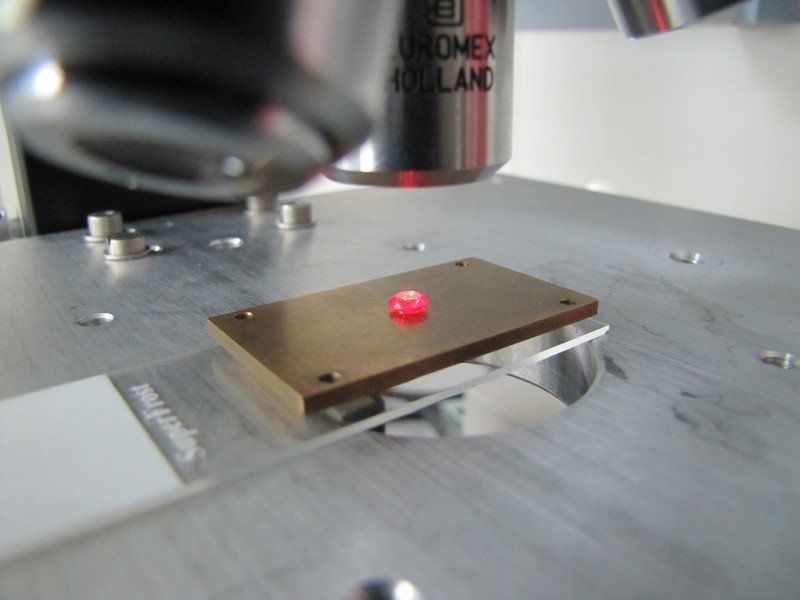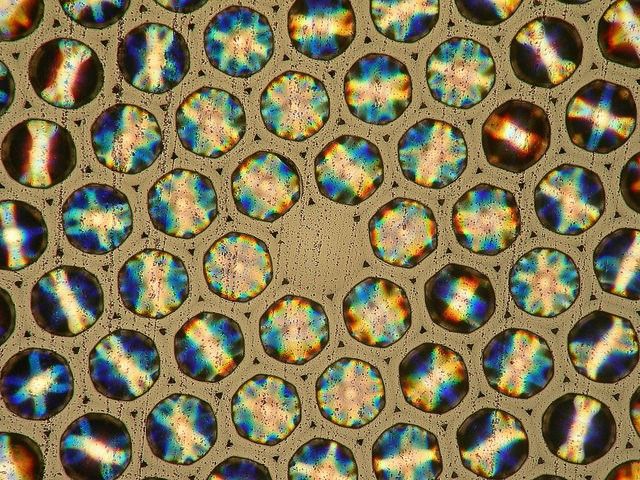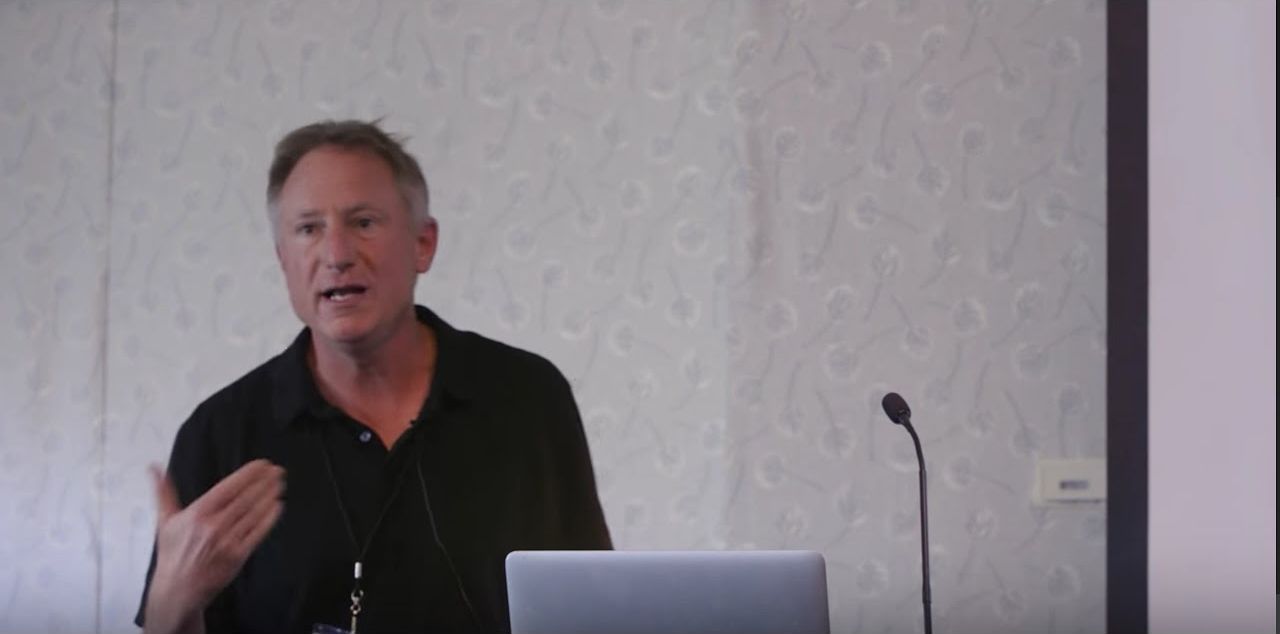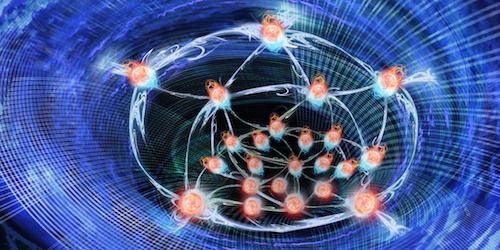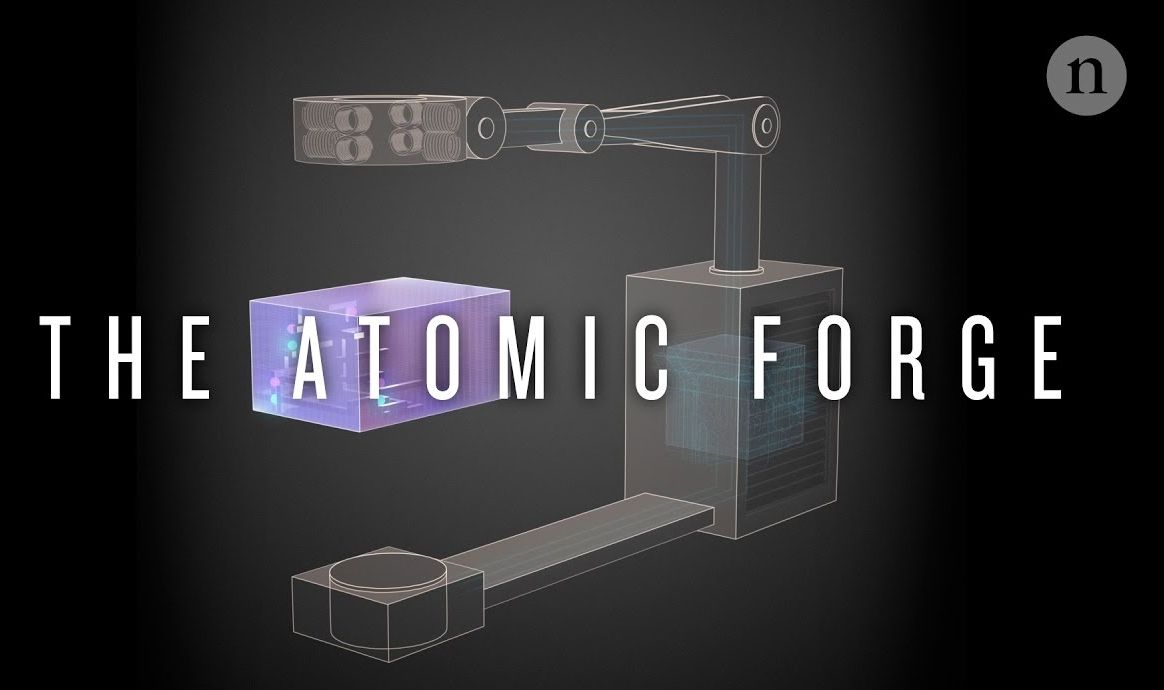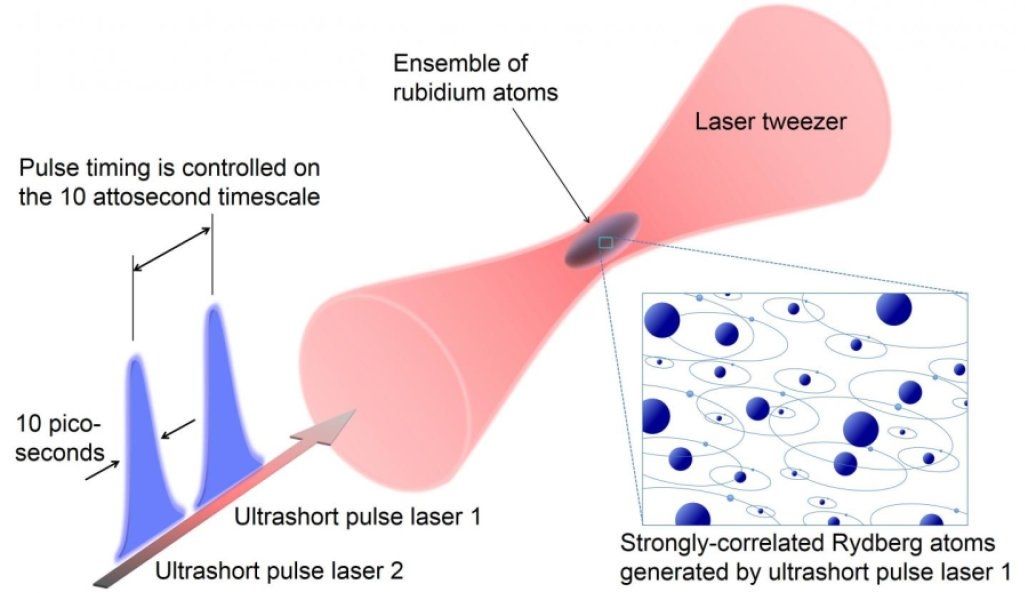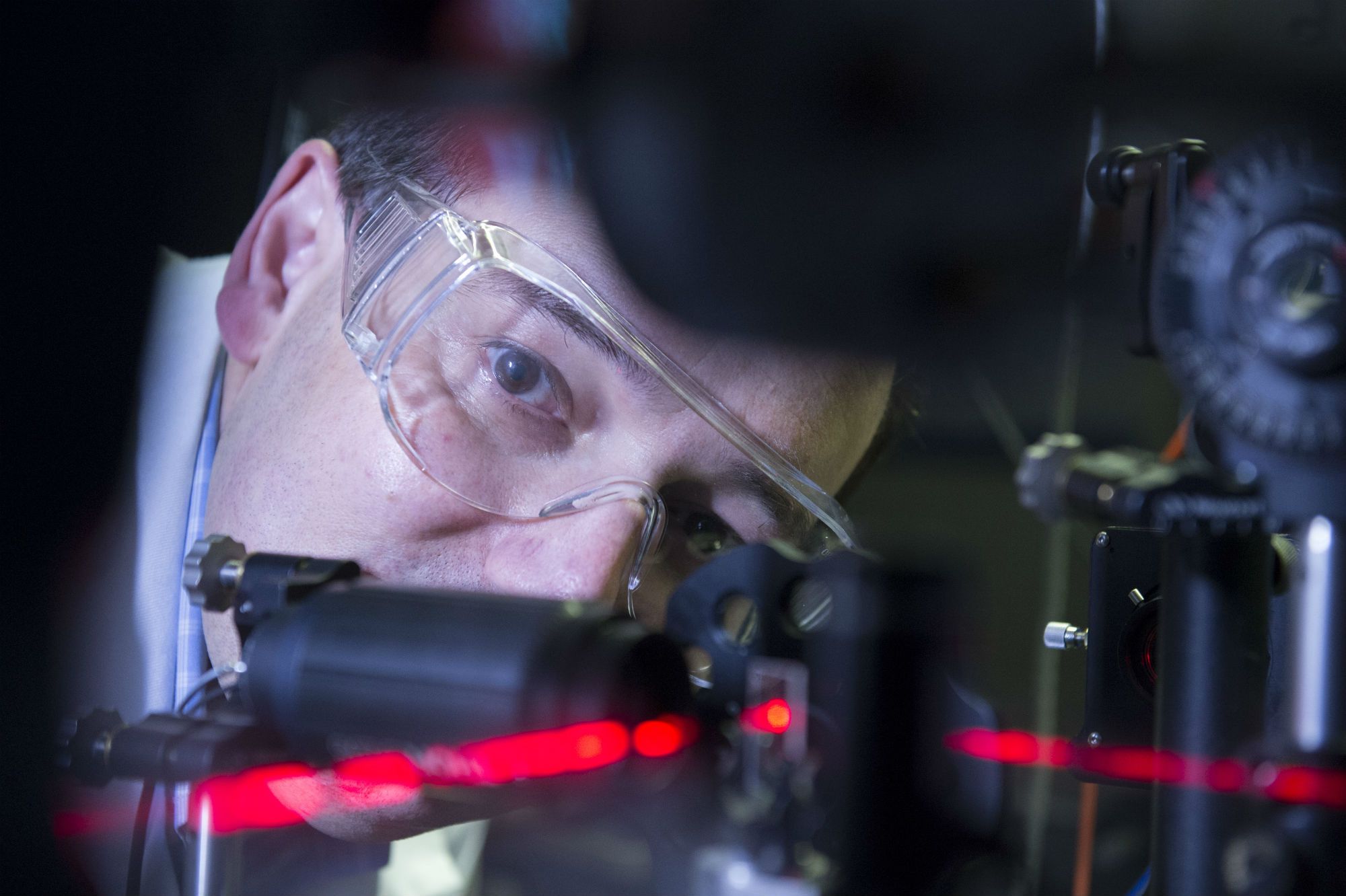Nov 27, 2016
5 Deviant Particles That Could Spark a Revolution in Physics
Posted by Carse Peel in category: particle physics
Forget the LHC – from squished electrons to self-destructing protons, careful scrutiny of everyday particles acting strangely may refresh our picture of reality.
By Lisa Grossman
FOR a few heady months last year, the door to an unknown world was nudged ajar. An anomaly in data from the Large Hadron Collider, based at CERN near Geneva, Switzerland, indicated the presence of a peculiar new particle, a visitor so unexpected that it promised to transform our picture of how nature works. Then, with more data, the anomaly disappeared. The door creaked shut again.
Continue reading “5 Deviant Particles That Could Spark a Revolution in Physics” »
